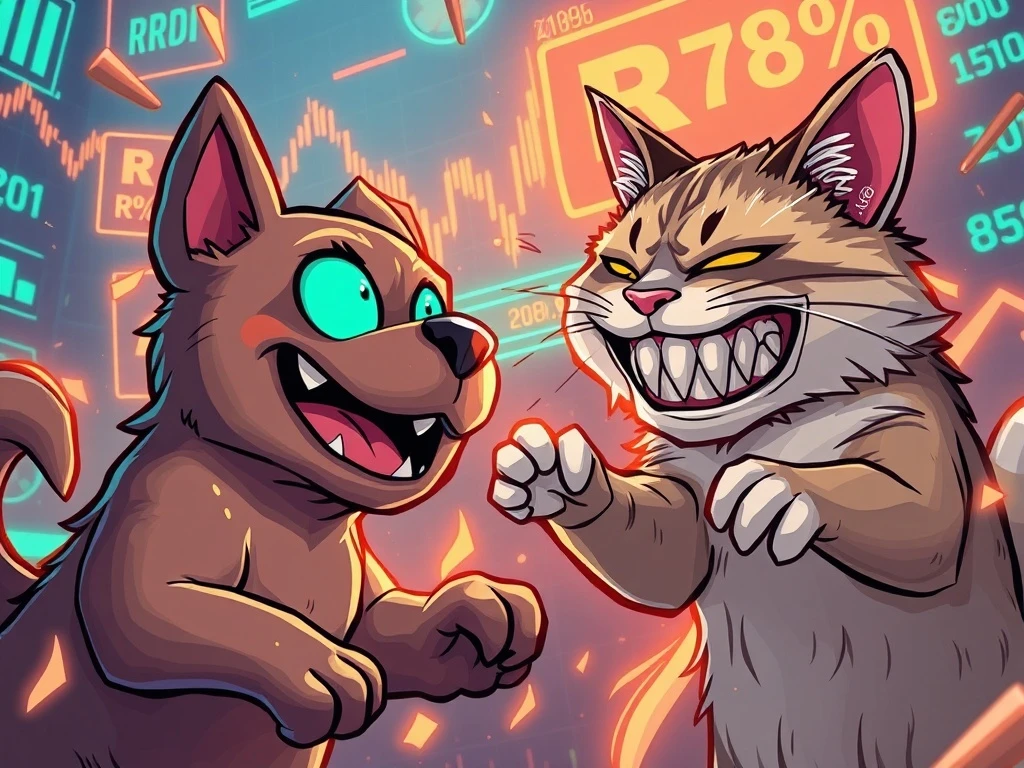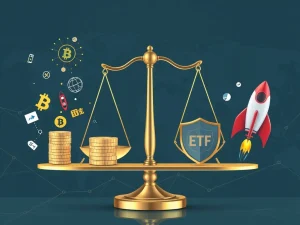Bonk vs. Troller Cat: Meme Coin Showdown with 399% Presale ROI Potential

The cryptocurrency market is heating up with two meme coins making waves: Bonk aims for an all-time high retest, while Troller Cat promises a staggering 399% ROI in its presale phase. Which one deserves your attention?
Bonk’s Path to Retesting Its All-Time High
Bonk (BONK), the Solana-based meme coin, has shown remarkable resilience in the volatile crypto market. Currently priced at $0.00003226, analysts believe it could retest its ATH of $0.00005916 if market conditions remain favorable.
- Market cap: $2.59 billion
- 24-hour trading volume: $1.24 billion
- Monthly gain: 122.29%
- Year-over-year growth: 10.92%
Troller Cat’s Disruptive Presale Opportunity
While Bonk dominates the established meme coin space, Troller Cat (TCAT) is making waves with its Ethereum-based presale offering:
| Feature | Detail |
|---|---|
| Current presale stage | Stage 15 |
| Presale price | $0.00010624 |
| Projected listing price | $0.0005309 |
| Potential ROI | 399.72% |
| Staking APY | 69% |
Why Investors Are Watching These Meme Coins
The competition between Bonk and Troller Cat highlights two distinct investment strategies in the meme coin sector:
- Bonk offers liquidity and proven market resilience
- Troller Cat provides high-risk, high-reward presale participation
- Both demonstrate the evolving nature of meme coins
- Each appeals to different investor risk profiles
FAQs: Bonk and Troller Cat Explained
What makes Bonk different from other meme coins?
Bonk stands out due to its established market presence, high liquidity, and integration with the Solana ecosystem.
How does Troller Cat’s presale work?
Troller Cat’s presale operates in stages, with each stage offering tokens at progressively higher prices until the final exchange listing.
What are the risks of investing in meme coins?
Meme coins are highly volatile and subject to rapid price swings based on market sentiment rather than fundamental value.
Can Troller Cat really deliver 399% ROI?
While the projection exists, actual returns depend on market conditions at the time of exchange listing and subsequent trading.









